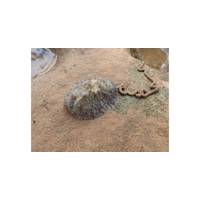
Secretive Slugs May Unlock WA’s Hidden Marine Biodiversity
In collaboration with international experts, Curtin University researchers are searching WA’s northern coastline for an essential and abundant but little-known group of marine slugs, the Onchidiidae.These air-breathing slugs live on rocky and muddy shores, hiding at high tide and emerging at low tide to feed and reproduce, playing a significant role in coastal ecosystems. However, despite their high numbers, they’ve never been adequately documented along any part of Australia’s coastline until now.Visiting from Pennsylvania State University, Adjunct Professor Benoît Dayrat from
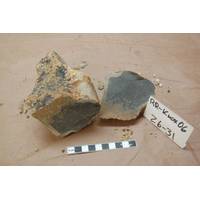
World's Longest Subsea Mountain Belt formed via 'Hot Spot'
New Curtin University research has revealed that the Ninetyeast Ridge — the Earth’s longest straight underwater mountain chain — formed through a different process than previously believed.Stretching 5000 km along the Indian Ocean’s 90-degree east longitude and nearly matching the length of North America’s Rocky Mountains, the ridge offers crucial new insights into the movement of the Earth’s tectonic plates.Co-author Dr Hugo Olierook from Curtin’s School of Earth and Planetary Sciences said high-precision dating of minerals extracted from the ridge shows
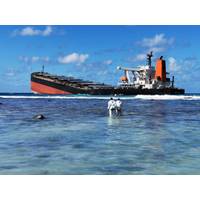
VLSFO Oil Spill Remnants Haunt Mauritius Mangroves Three Years Later
Three years after bulk carrier MV Wakashio ran aground on a coral reef off Mauritius, spilling 1000 tons of a new type of marine fuel oil, Curtin University-led research has confirmed the oil is still present in an environmentally sensitive mangrove forest close to Ramsar conservation sites.Lead researcher Dr. Alan Scarlett, from Curtin’s WA Organic and Isotope Geochemistry Center in the School of Earth and Planetary Sciences, said the chemical ‘fingerprint’ of the oil found in the mangrove sediments was a near-perfect match for the Very Low Sulphur Fuel Oil (VLSFO) spilled by the
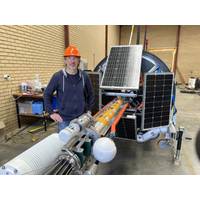
Curtin, NASA Tap Ocean Information from Space
Curtin University has joined forces with NASA, University of Miami, San José State University and the National Institute of Standards and Technology on a new-generation satellite mission to study the colour of the ocean from space, providing vital information about ocean health and its role in climate regulation.Researchers recently deployed a 15-metre-tall buoy off the coast of Perth, Western Australia, as part of a new project to ensure the data quality for NASA’s newly launched PACE (Plankton, Aerosols, Clouds, Ocean Ecosystems) satellite mission.Professor David Antoine, head of

Can Underwater Sound Signals Solve Aviation’s Greatest Mystery?
sizes at distances of more than 5,000 kilometres away.The mode of impact dictates the signal’s properties such as duration, frequency range and loudness. By examining these signals, we hoped to identify any potential acoustic evidence of MH370’s crash.Previous analysis by scientists at Curtin University and later by us confirmed a signal of an unknown source recorded at Cape Leeuwin station, in the direction of the seventh arc. But it fell outside the time window suggested by the official search.Our latest research focused on the official and narrow time window. The analysis identified only
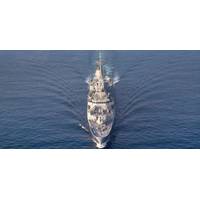
What is a Sonar Pulse and How Can it Injure Humans Under Water?
their sounds or impacting their hearing can disrupt critical behaviours.Finally, sound may also impact non-mammalian fauna, such as fishes, which rely on acoustics rather than vision for many of their life functions.The authorChristine Erbe, Director, Centre for Marine Science & Technology, Curtin University(Source: The Conversation
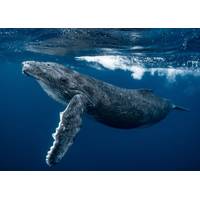
Mounting Evidence Shows Seismic Surveys Can Harm Marine Life
harm a range of marine animals, there is so much still to learn.The authorsRyan Day, Senior research fellow, University of TasmaniaJayson Semmens, Professor, Sustainable Marine Research Collaboration, University of TasmaniaRobert McCauley, Professor at the Centre for Marine Science and Technology, Curtin University(Source: The Conversation
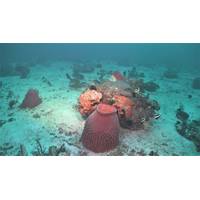
Corals Make Light Work of Photosynthesis Despite Lack of Sunshine
New Curtin University research has found reef-building corals living deep underwater off the coast of Western Australia’s Kimberley region survive despite a lack of sunlight by kicking into ‘photosynthesis overdrive’ to enhance their ability to gain energy from sunlight and by upping their intake of microorganisms.The study was done at Ashmore Reef Marine Park and focused on largely unexplored deepwater mesophotic coral, which live between about 30m and 150m deep, a zone where the limited amount of light is challenging for corals, which obtain most of their energy from the sun.
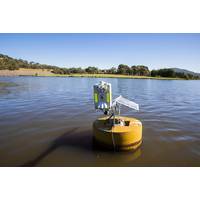
CSIRO Aims to Create a 'Weather Service' for Water Quality
Research and Development Institute (SARDI); Western Australia’s Department of Water and Environmental Regulation; along with industry BiOceanOr; Hunter Water; universities and research organizations including ANU Institute for Water Futures; ANU Fenner School of Environment and Society; Curtin University; La Trobe University (Cisco-LTU Centre for AI and Internet of Things); University of Queensland (Reef Catchments Science Partnership, Joint Remote Sensing Research Program and Remote Sensing Research Centre); and international collaborators including CSIRO Chile; Hanoi University of Mining
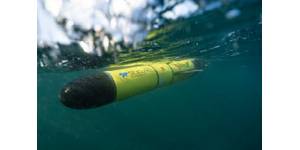
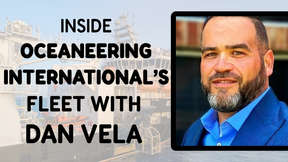
 August 2025
August 2025





